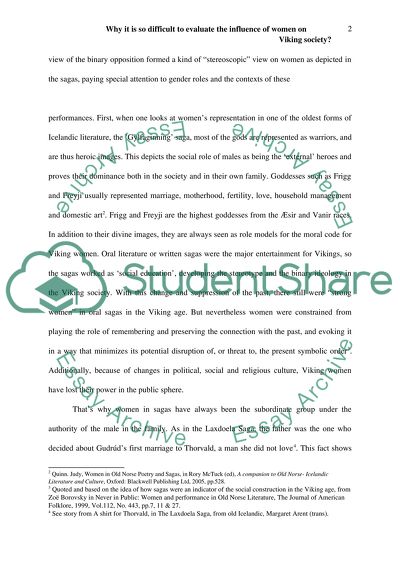Cite this document
(“Why it is so difficult to evaluate the influence of women on Viking Essay”, n.d.)
Retrieved from https://studentshare.org/miscellaneous/1505719-why-it-is-so-difficult-to-evaluate-the-influence-of-women-on-viking-society
Retrieved from https://studentshare.org/miscellaneous/1505719-why-it-is-so-difficult-to-evaluate-the-influence-of-women-on-viking-society
(Why It Is so Difficult to Evaluate the Influence of Women on Viking Essay)
https://studentshare.org/miscellaneous/1505719-why-it-is-so-difficult-to-evaluate-the-influence-of-women-on-viking-society.
https://studentshare.org/miscellaneous/1505719-why-it-is-so-difficult-to-evaluate-the-influence-of-women-on-viking-society.
“Why It Is so Difficult to Evaluate the Influence of Women on Viking Essay”, n.d. https://studentshare.org/miscellaneous/1505719-why-it-is-so-difficult-to-evaluate-the-influence-of-women-on-viking-society.


